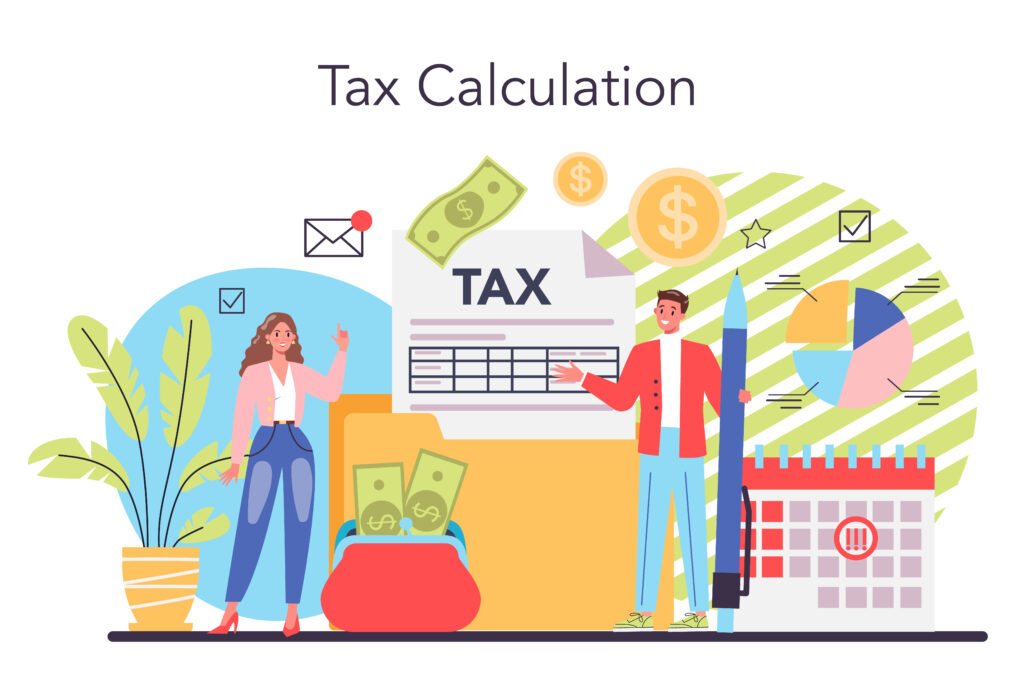What is the GST Composition Scheme ?
GST composition scheme is a tax paying mechanism offered to small businesses. Compared to regular GST filing this scheme offers two main benefits: reduced paperwork and compliance and lower tax liability. If you have applied for the composition scheme GST, you need to file for just one quarterly return (GSTR 1) and one annual return (GSTR 9).
Upon registering for the composition scheme under GST you are liable to pay tax at a fixed rate of 1 % to 6 % of your turnover.

Eligibility Criteria
To opt for the GST Composition Scheme, businesses must meet the following criteria:
- Turnover Threshold: Annual turnover should be up to ₹1.5 crore. For special category states like Himachal Pradesh and the north-eastern states, the turnover limit is ₹75 lakh.
- Business Type: Applicable to manufacturers, traders, and non-alcoholic restaurants. Service providers are generally excluded unless they have a mixed supply of goods and services with a turnover up to ₹50 lakh.
- Inter-State Supply: Businesses should not engage in inter-state supply.
- E-Commerce: Businesses involved with e-commerce operators are not eligible for this scheme.
Tax Rates under the Composition Scheme
Under the GST Composition Scheme, the tax rates are designed to be more favorable compared to standard GST rates. The current tax rates are as follows:
- 1% of the turnover for manufacturers and traders.
- 5% of the turnover for restaurants (not serving alcohol).
- 6% of the turnover for service providers and mixed suppliers (applicable for those with an annual turnover up to ₹50 lakh).
Benefits of the GST Composition Scheme
- Simplified Compliance: Submit returns quarterly instead of monthly, reducing administrative burden.
- Lower Tax Liability: Benefit from lower tax rates, allowing businesses to retain more profit.
- Ease of Accounting: Streamlined accounting processes make compliance easier.
- Increased Liquidity: Enjoy improved cash flow due to lower tax and compliance costs.
- Competitive Edge: Lower tax burden enables businesses to price their products more competitively.
Limitations of the Composition Scheme
While the GST Composition Scheme provides several advantages, it also comes with certain limitations.
- No Input Tax Credit: Businesses cannot claim input tax credit on purchases, which may increase costs.
- Limited Eligibility: Not available for all businesses, particularly high-turnover service providers and those involved in inter-state supplies.
- Mandatory Display: Must indicate “composition taxable person” on all bills, which could impact business credibility.
- Restriction on Dealing: Regular GST registered businesses may hesitate to purchase from composition dealers due to absence of input tax credit.
Conclusion
The GST Composition Scheme is a beneficial provision for small businesses in India, offering simplified compliance and reduced tax liability. However, businesses need to carefully assess their eligibility and weigh the benefits against the limitations before opting for this scheme. By doing so, they can ensure that they make the most of the advantages offered by the GST Composition Scheme, leading to smoother operations and potential growth opportunities.


